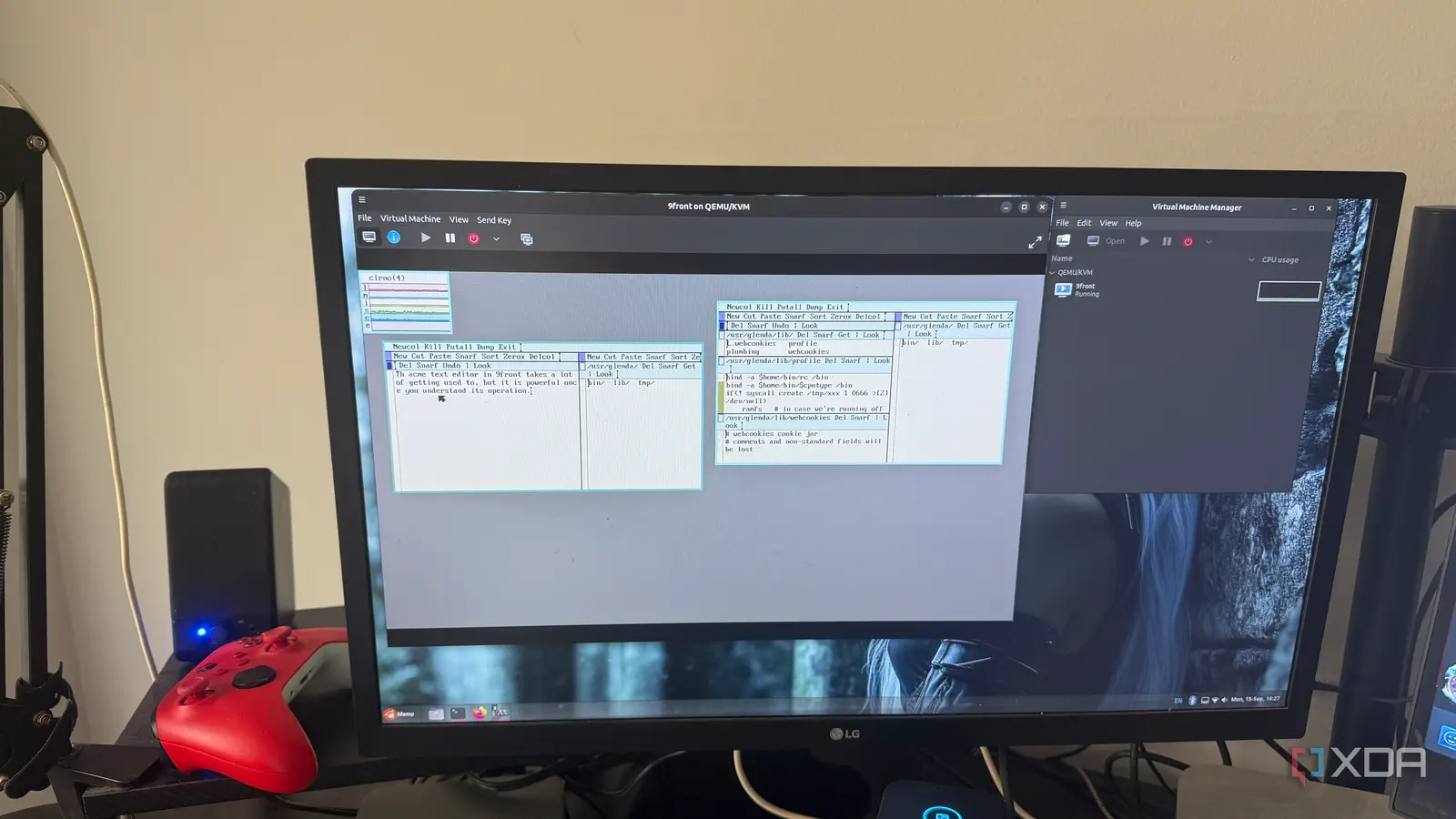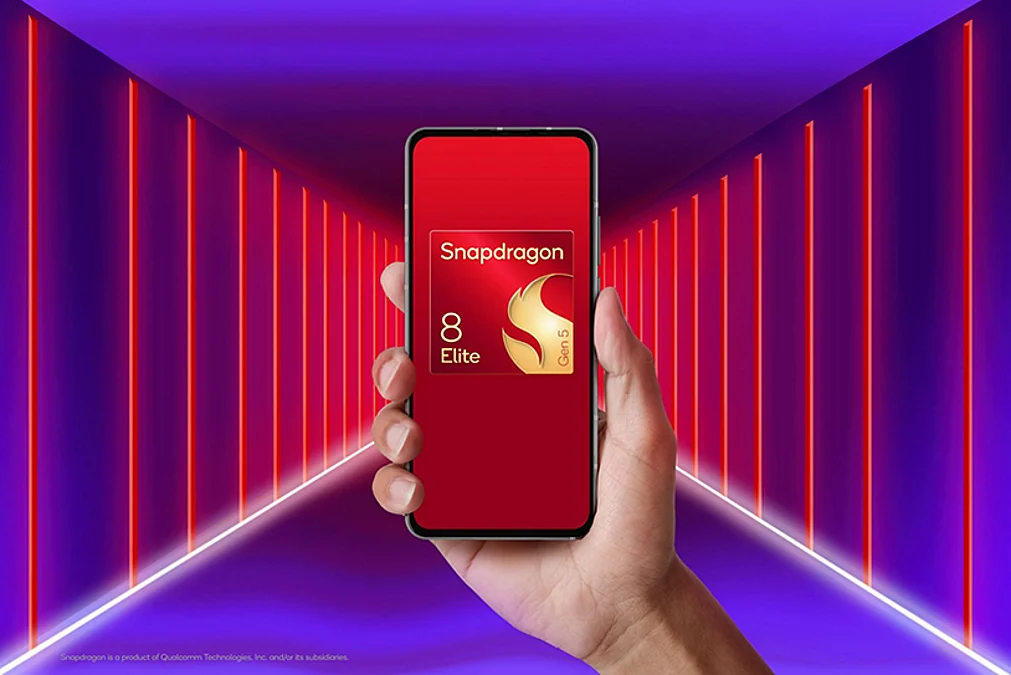
Familiar names like Windows, macOS, and Linux dominate the world of operating systems. Beneath that mainstream layer, though, lives a shadowy ecosystem of niche projects that often carry strange legacies. One of the most unusual examples is 9front, a fork of an already obscure operating system called Plan 9. While Linux and BSD have thriving communities and plenty of practical use cases, 9front is different because it thrives on eccentricity.
In a technology world increasingly defined by conformity and incremental change, 9front’s very existence is refreshing.
Despite its quirks, 9front is more than just a curiosity. It is a direct descendant of research at Bell Labs, where Unix itself was born, and it represents an alternate vision of how computers could have evolved. Its story weaves together ambitious research, stubborn persistence, and a community that seems to revel in being the oddball of the open-source world. To understand why 9front still exists today, you have to look at both the system itself and the culture that surrounds it.
A strange Unix alternative with roots in Plan 9
Why Plan 9 was created in the first place
Most operating systems we know today can trace their lineage back to Unix. In the mid-1980s, Bell Labs began developing Plan 9 as a potential successor, aiming to extend Unix’s simplicity into something even more powerful. The designers wanted an operating system that treated not just files but also networks, devices, and services as part of a single coherent system. Their vision placed distributed computing at the heart of everyday use, long before the cloud was even a buzzword.
Unix itself has its roots at Bell Labs, where it was developed in the late 1960s.
Plan 9 introduced some remarkable concepts that still stand out. The 9P protocol allowed seamless access to resources across machines, while per-process namespaces gave each program its own tailored view of the system. These were groundbreaking ideas, yet they were far too radical for an industry already standardizing around Unix and, later, Linux. For most developers and companies, the risks of switching outweighed the potential benefits.
Even so, Plan 9 never disappeared completely. It found a devoted following among academics and hobbyists who admired its elegance and daring design. To them, Plan 9 was not just another operating system; it was a philosophy of computing worth keeping alive. That dedication would eventually lead to 9front, the fork that refuses to let the dream fade.
How 9front became the ‘real’ continuation
By the early 2000s, Plan 9 development had slowed almost to a halt. Updates were sporadic, and it seemed destined to be archived as a fascinating but impractical research project. This was the moment when a group of enthusiasts decided to take matters into their own hands. They created 9front, a fork that would keep the ideas of Plan 9 alive while also modernizing it just enough for curious users to explore on real hardware.
Unlike the original, which mainly remained tied to academic labs, 9front tried to be more practical. It introduced hardware support for newer machines, bundled useful software like a web browser and version control tools, and streamlined the installation process. While it never aimed to compete with Linux or BSD, these improvements made it possible for people outside of universities to try it without endless frustration.
The fork also gave the community room to experiment in ways that Plan 9’s caretakers never would have considered. Developers could tinker with performance tweaks, add graphical tools, or modify long-standing features without worrying about academic approval. This combination of rebellious freedom and technical curiosity helped shape 9front into something distinct, an operating system that is equal parts serious experiment and playful side project.
A community as quirky as the operating system itself
The odd memes, inside jokes, and culture wars
If the code defines 9front’s functionality, the community defines its reputation. The project is infamous for its irreverent documentation, filled with in-jokes, memes, and commentary that can feel abrasive to newcomers. To some, this rough style is off-putting, especially compared to the polished image presented by more mainstream open-source communities. To others, though, it is part of the charm, a badge of authenticity that says 9front will never water itself down to fit in.
That attitude has caused more than a few controversies. Critics argue that the community can be hostile, using sharp language and cultural barriers as a form of gatekeeping. Advocates counter that the project was never meant to be a welcoming, mass-market system in the first place. Instead, it thrives precisely because it rejects convention and insists on doing things its own way. The result is a culture that is polarizing but undeniably unique.
At the same time, there is no denying the commitment of the people who maintain 9front. They keep Plan 9’s legacy alive not just by writing code but by cultivating a space where its philosophy endures. Whether you find the community refreshing or off-putting, its persistence is the reason 9front exists at all. Without this quirky network of enthusiasts, Plan 9 would likely be nothing more than a dusty archive today.
Why 9front still matters today (or doesn’t)
Niche value in research and tinkering
For the average user, there is no compelling reason to replace Linux or Windows with 9front. It lacks the ecosystem, applications, and support that mainstream operating systems provide. But its value lies not in practicality but in the lessons it offers. By exploring 9front, you engage with a vision of computing that diverged sharply from the one most of us live with today.
Developers and researchers can learn from the way it handles distributed computing, resource management, and system design. These features may feel alien at first, but they reveal possibilities that other operating systems long ago abandoned. Hobbyists, meanwhile, enjoy the challenge of getting something unusual to work, often discovering fresh perspectives on computing along the way.
Let me reiterate that unless you’re already familiar with Plan 9, installing and running 9front will be far different from any operating system you’ve previously worked with. Most standard Unix commands are different in 9front, even if only in terms of the parameters and switches you pass to them, and much of the software you may be used to hasn’t been ported over to 9front. It truly is a new frontier in computing operating systems.
In a technology landscape increasingly defined by conformity and incremental change, 9front’s very existence is refreshing. It demonstrates that there is still room for eccentricity and experimentation, even if only a handful of people take part. As a living artifact, it reminds us that computing could have developed differently, and still can, if we are willing to look beyond the mainstream.
A curious system that endures
9front is not an operating system for everyone, and it was never intended to be. Instead, it survives as a continuation of an experiment that started at Bell Labs decades ago. Its quirky design, eccentric community, and stubborn refusal to die make it one of the most unusual open-source projects still active today. For anyone curious enough to try it, 9front offers a glimpse into a parallel world of computing, one that remains just as strange and fascinating as ever.



